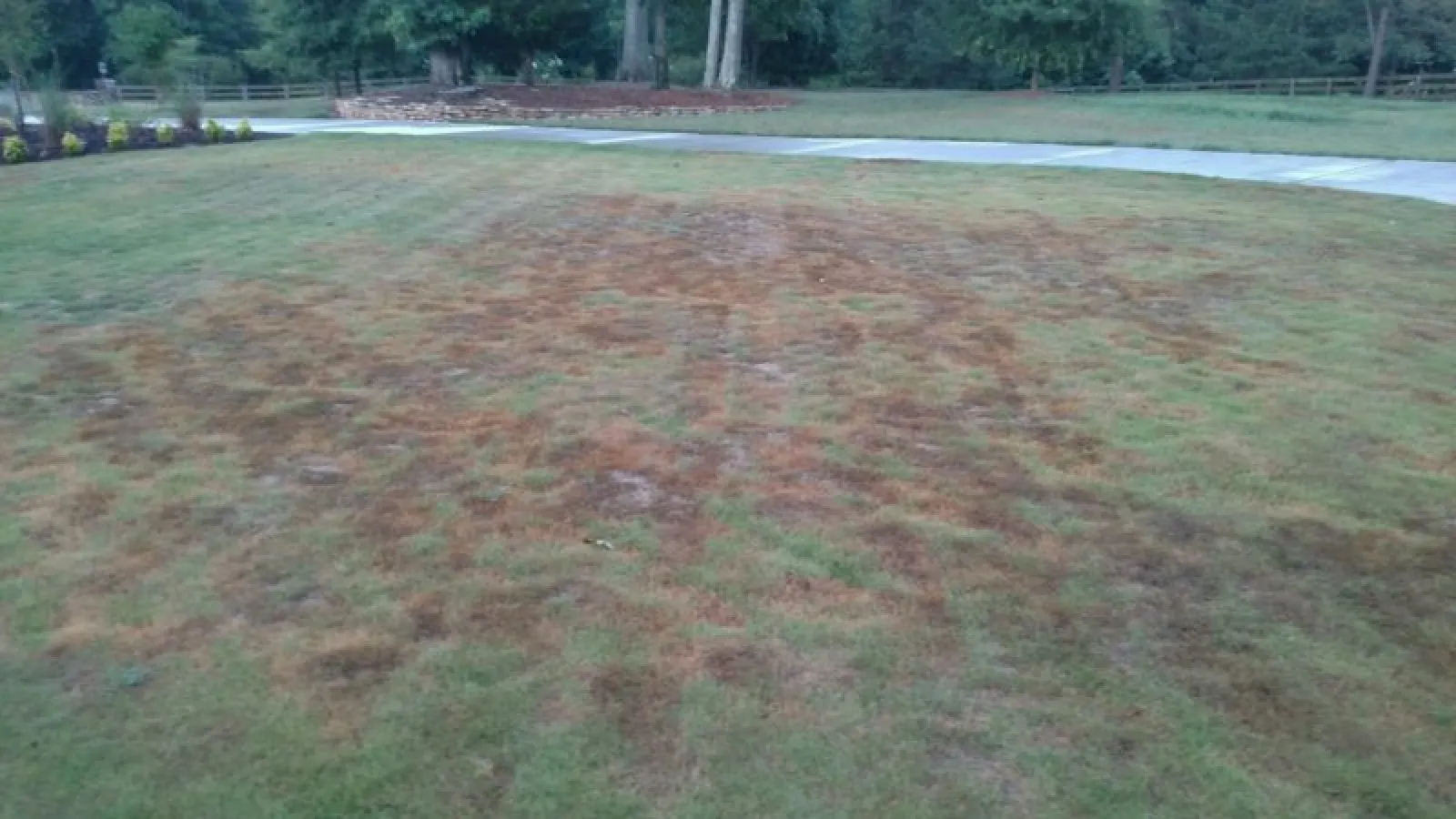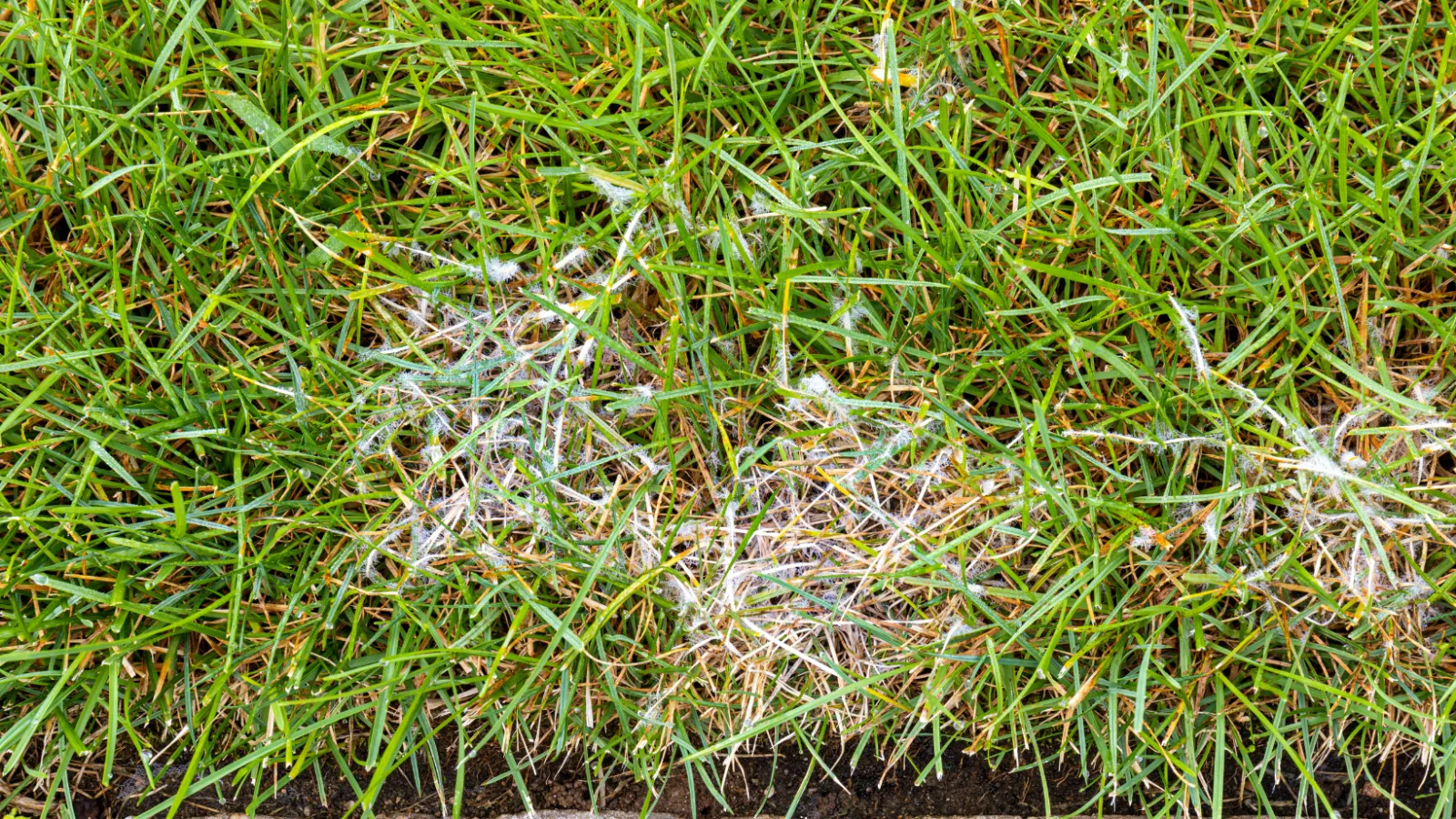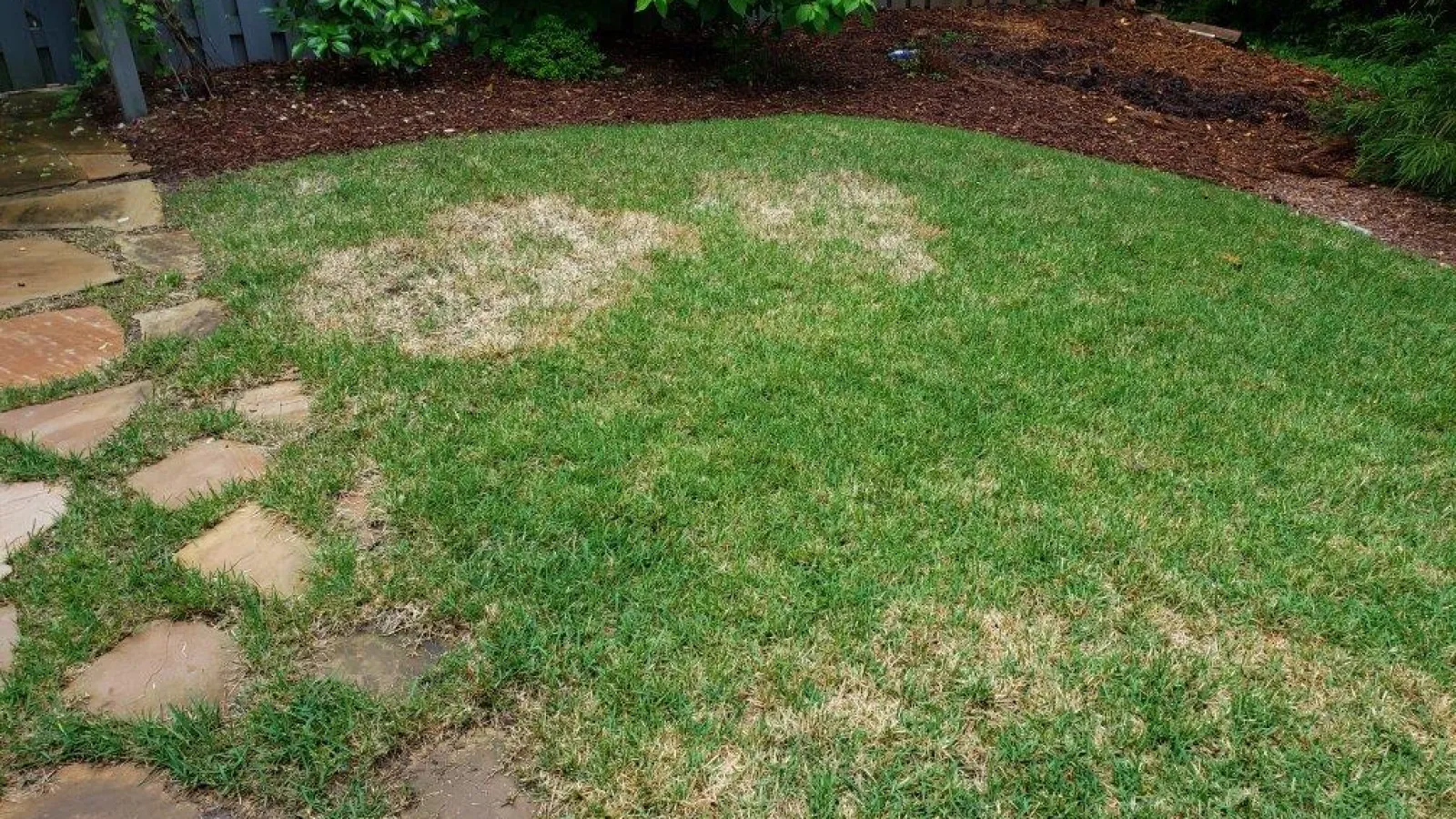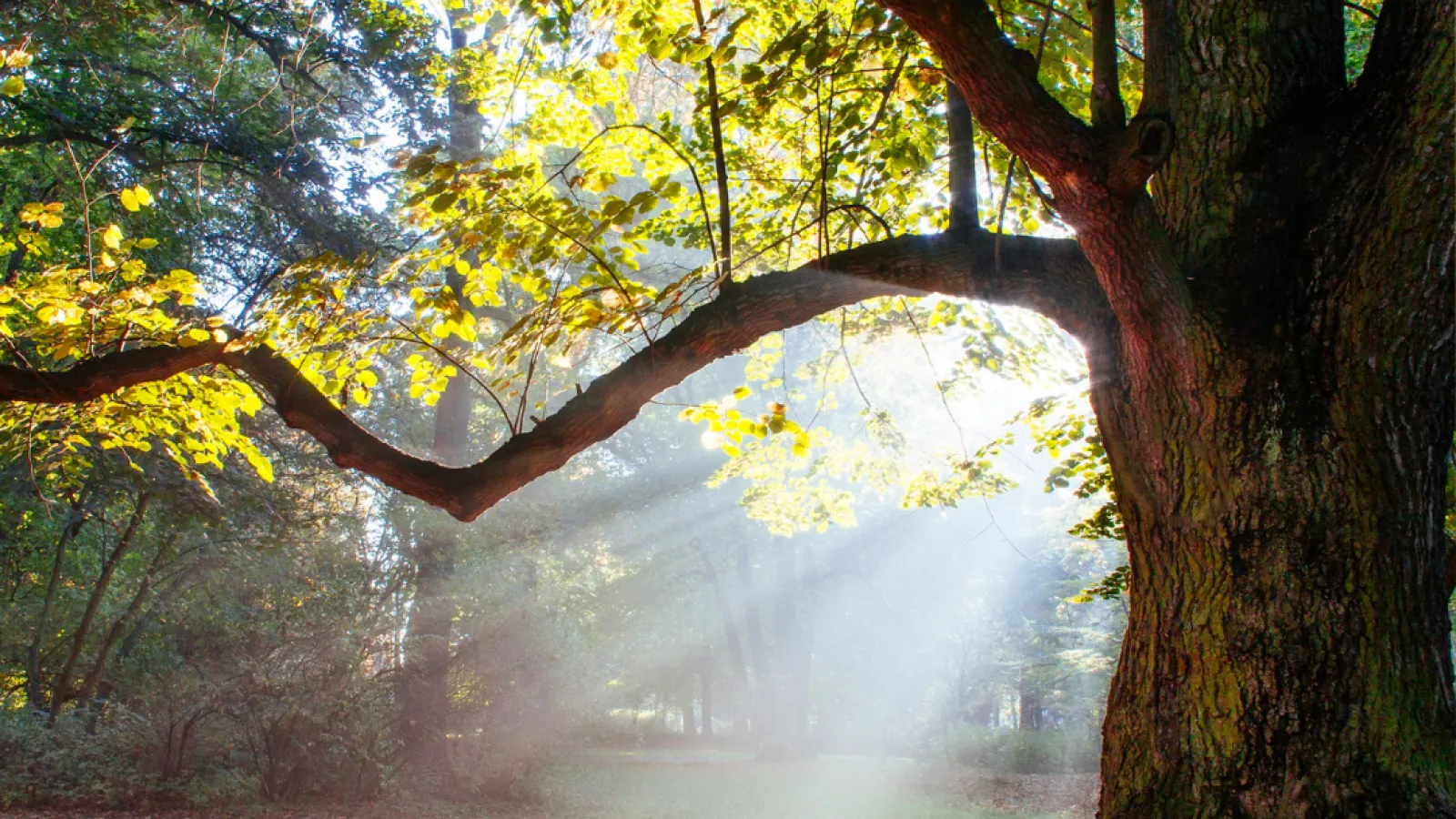
Rust Fungus
Did you know your lawn can "rust?" Well, not in the typical way you may be thinking, but rust fungus is something found in lawns. Hot, humid summers and low nitrogen levels can make turf susceptible to this disease. The fungus causing the disease is Pyricularia grisea, but we know it as rust fungus or lawn rust.
What is Rust Fungus
Rust is a fungal disease that occurs on turf grasses, zoysia in particular, in summer or early fall. Drought stress, low fertility, low nitrogen levels, and hot temperatures all make the ideal environment for lawn rust to develop. In other words, nutrient starved lawns with a moist surface are most susceptible.
Grass Rust Identification
Patches of thin and weak-looking grass are signs of lawn rust. Another sign of lawn rust is an orange color on your shoes when walking in the grass. Take a closer look by pulling a couple of blades out of the turf. If rust is present, the blades will be coated with orange-red or yellowish-brown dust spores. Be careful! It won't hurt you but it will spread. The pustules burst easily which allows the particles to travel via wind, animals, or human traffic.
Problems Associated with Rust Fungus
Leaf-blades coated with lawn rust fungus minimize the ability of the grass to photosynthesize. Simply put, the grass blades collect the energy, which is turned into fuel for the grass growth. When the leaves are excessively covered with spores, photosynthesis cannot be carried out efficiently and therefore can not provide nutrients for plant growth and survival.
Ways to prevent rust
- Ensure the lawn is getting enough sunlight
- Fertilize appropriately
- Mow regularly, never cutting off more than ⅓ of grass blade
- Collect and dispose of clippings taken from the infected area
- Prune and remove unwanted undergrowth on trees and shrubs to improve air movement and reduce leaf wetness
- Water deeply but infrequently to encourage deep rooting
Good news!
Grass rust is probably the easiest lawn disease to get rid of, although there's really nothing you can do to prevent it. And other than it being an eyesore, it doesn't cause much damage. Fortunately, rust is not too common and is usually related to extended leaf wetness, but we do offer a one-time fungicide treatment to treat it. If you identify and treat it soon, you shouldn't have any issues. However, if it's allowed to go unhandled, it will weaken the grass and therefore allow weeds and other fungi the opportunity for growth.
If you suspect you have rust, contact us to learn more.


